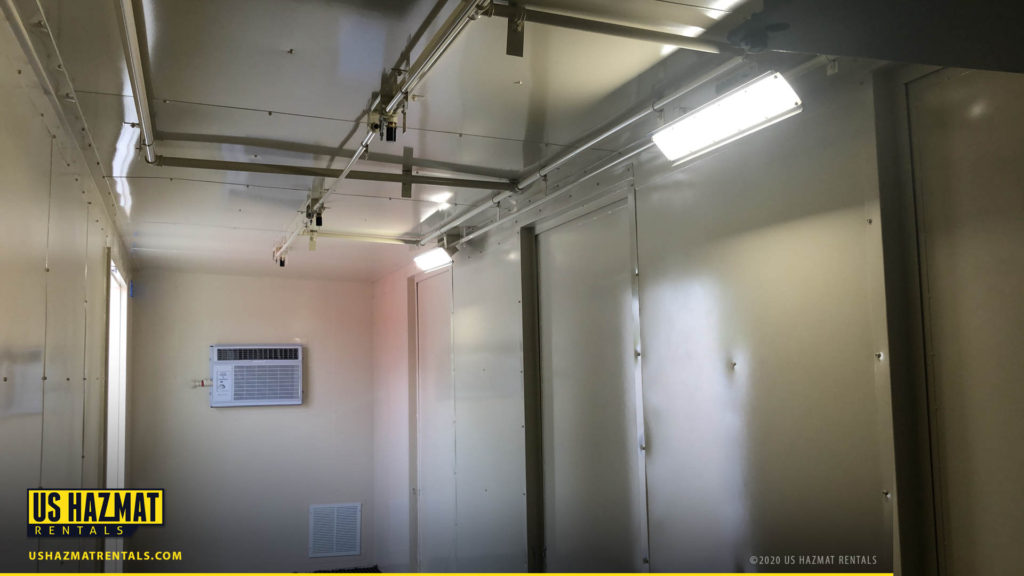Lithium-ion batteries are charging, or should we say ‘recharging’ the modern world. From tablets and electronics to smart phones and electric vehicles, these rechargeable power cells are transforming portable technologies with minimal impact on the environment. With such a high concentration of power density, lithium ion will be the go-to power sources of the future. Unlike dated power blocks, lit-ion batteries pack a sizeable amount of juice that have made them ubiquitous in our daily lives. Lithium ion batteries have allowed us to sever the cord of wired technology. They are also the forbearers of the ‘Green Revolution,’ as many carbon conscious companies are turning to rechargeable power sources for solar power backup storage. Lithium-ion batteries also contain less toxic metals, but that doesn’t mean they don’t come with certain risks. For compliant lithium ion battery storage, consider a U.S. Hazmat Rentals four-hour fire rated storage solution.

Lithium-ion Battery Uses
- Cell phones
- Electric cars
- Power tools
- Toys
- Wireless headphones
The Hidden Dangers of Lithium-ion Battery Storage

Unlike preceding energy sources, lithium-ion batteries are overall, pretty stable. Unfortunately, these batteries have garnered a bit of bad press due to a series of spontaneous cell phone battery fires. So, what gives? Aren’t these little energizer bunnies fundamentally safe? Unlike other power sources that need a ‘spark’ to cause an unwanted flame, lithium-ion batteries can explode due to a phenomenon known as “thermal runaway.” You can think of this high-tech science ‘scare phrase’ as a type of chemical chain reaction. Basically, thermal runaway begins when heat generated within a battery exceeds the amount heat that is distributed to its immediate environment. This sudden increase in temperature can affect other nearby batteries, causing them to essentially, “run-away.”
Common Causes of ‘Thermal Runaway’
- Aged batteries
- Overcharging
- High ambient temperatures preventing proper distribution of heat
- Degradation of battery housing
- Improper storage
- Extreme temperature storage
Climate Controlled Storage can Prevent Thermal Runaway

Climate controlled storage buildings can maintain internal temperature consistency to prevent damage to battery capacities. Lithium-ion battery storage relies on a ‘Goldilocks’ optimal temperature range that has to be “just right” to prevent damage to storage capacities. Our steel welded climate-controlled storage lockers can also prevent physical damage to batteries, which can cause unequal distribution of power and thermal runaway. Dry chemical fire suppression can also quickly douse flames in the event of a fire.